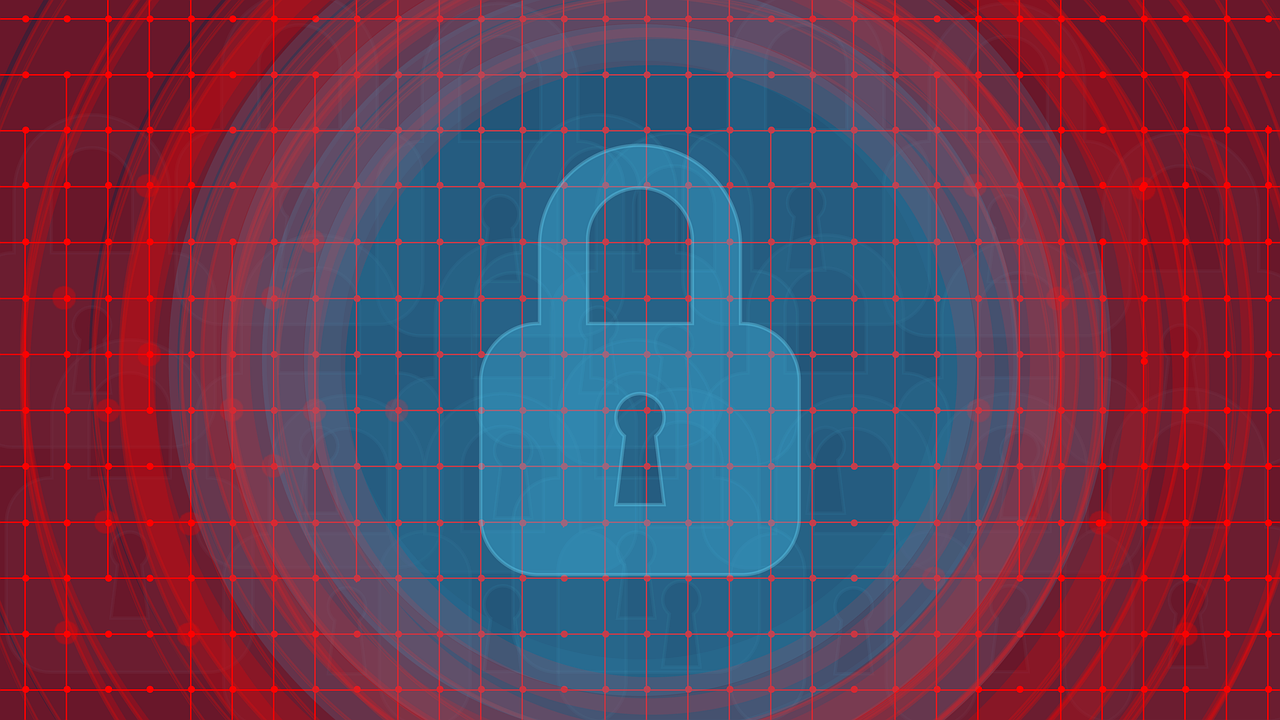This post is also available in:
 עברית (Hebrew)
עברית (Hebrew)
According to a recent report from Unit 42, 83% of medical imaging devices are running on unsupported operating systems, making them potential avenues for attackers. Attacks on medical devices like these can potentially disrupt the quality of care and allow attackers to steal patient data.
The Internet of Medical Things (IoMT) has the potential to improve healthcare, save lives, and bring massive savings. But if not properly secured, these same devices can pose huge risks.
A new IoT security technology for healthcare was designed by Palo Alto Networks to protect medical devices from unauthorized access.
Using machine learning and crowd-sourced telemetry, the solution quickly and accurately profiles all devices on the network — even those never seen before. Through ML-powered visibility, it delivers deep insights on healthcare-specific devices and vulnerabilities to help improve data security and patient safety, while meeting the needs of both IT teams and biomedical engineering teams.
According to the company, the technology provides healthcare organizations with “complete visibility, in-depth risk analysis, and built-in prevention so they can get the maximum benefits from this transformative technology while reducing risks to patients and their data.”
The new solution is designed to ensure healthcare organizations can realize the benefits of IoT for patient care without sacrificing security. It even offers ML-powered policy recommendations to reduce manual effort; intrusion prevention to block exploits; sandboxing to detect and prevent IoT malware; and URL and DNS security to stop IoT attacks via the web.
The new security features include MDS2 document ingestion through which medical device manufacturers disclose the security-related features of their devices, allowing for deeper vulnerability analysis, tuned anomaly detection and specific recommended policies.
Another feature is operational insights that provide biomedical and clinical engineering teams visibility into how, when and where medical devices on their network are being used, according to futureiot.tech.

























